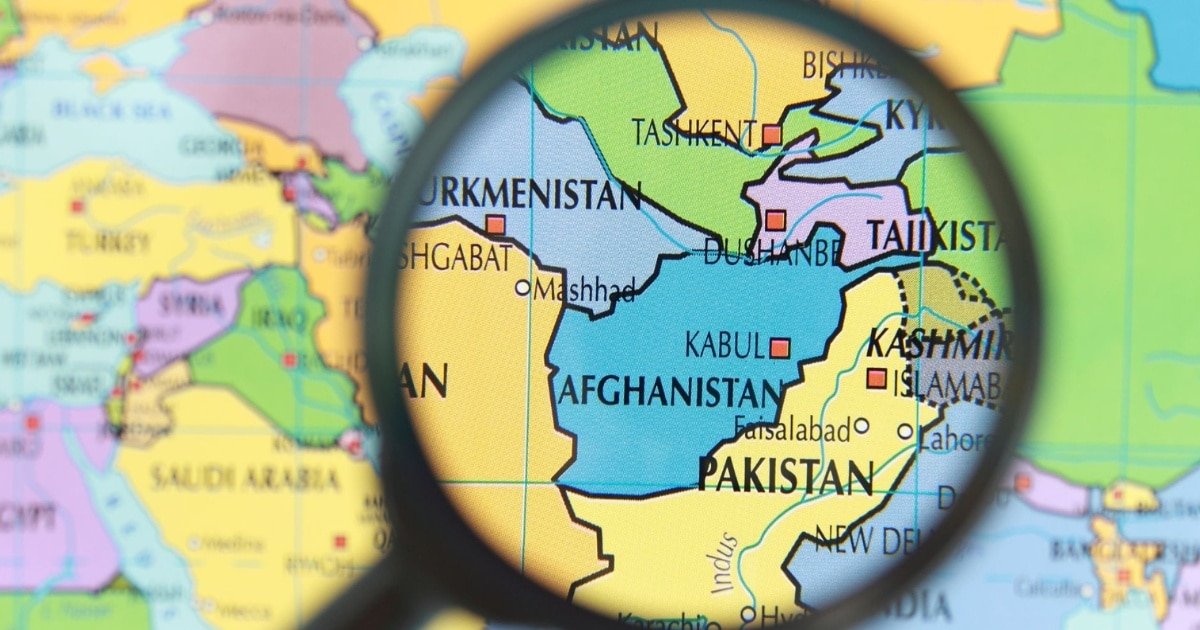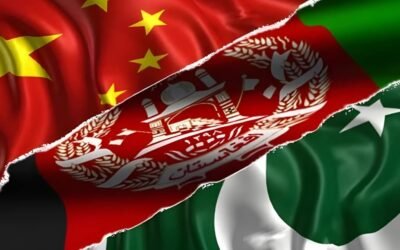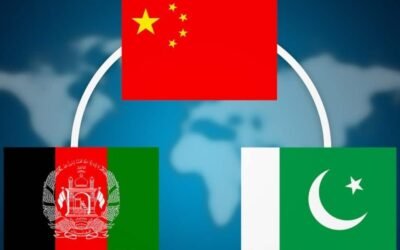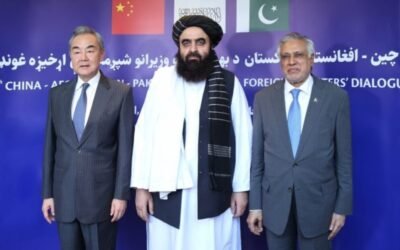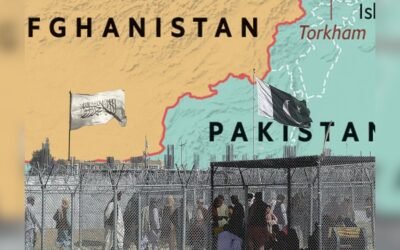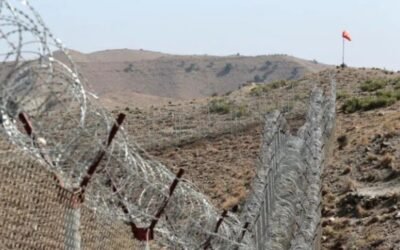Strategic depth for Pakistan means using Afghanistan to boost national security and regional influence. The policy aimed to keep Kabul friendly, especially amid fears of Indian encirclement. Under Zia-ul-Haq, the strategy mixed military, cultural, and religious tools. The ISI trained thousands of jihadists with U.S. and Saudi support. Civil war, extremist rise, and the Taliban’s independent agenda undermined Pakistan’s goals. This fueled domestic militancy, sectarian violence, and social instability. After the U.S. withdrew, regional powers like China, Russia, Iran, and Pakistan sought to fill the security vacuum. Pakistan still influences the Taliban but faces limits, especially with groups like the FAK. The situation shows the need to balance internal security, regional ties, and international expectations. Economic diplomacy and a broader, citizen-focused security approach are now central to Pakistan’s strategy.\
You May Like To Read: Repatriation vs. Integration: Pakistan’s Refugee Policy and Security Implications
Pakistan’s long-held strategic depth doctrine, once focused on Afghanistan, is now under reassessment due to changing regional dynamics. Historically, Pakistan sought a compliant Afghan government as a buffer against India. Analysts note this strategy has “unraveled,” failing to bring security and even fueling regional instability. The strategic environment has shifted. India’s rise and assertive eastern policy limit Pakistan’s options. Meanwhile, Pakistan’s southern coastline and Gwadar port, under CPEC, offer a new axis of depth. CPEC links China to the Arabian Sea via Gwadar. This creates economic and political strategic depth not based on religion. Through Gwadar, Pakistan secures vital sea-lines to the Middle East and beyond. It partially offsets the loss of leverage in Afghanistan and counters India’s regional dominance.
Pakistan’s reopening of its Kandahar consulate shows a shift in its strategic depth doctrine. The consulate lets Islamabad maintain influence through diplomacy, trade, and security. It helps stabilize the eastern frontier and address cross-border threats, even as India’s rise limits options. At the same time, Gwadar and CPEC create new strategic depth. They link China to the Arabian Sea and secure vital sea-lines. This partially offsets reduced leverage in Afghanistan. The Kandahar initiative and Gwadar development together show Pakistan’s multi-dimensional approach to protect regional influence, security, and economic interests amid changing dynamics.

Source: Aam Awaam
Gwadar’s Geostrategic Role
The deep-water port of Gwadar gives Balochistan a “strategically favorable position on the Arabian Sea.” It will increase Pakistan’s geographical significance and attract economic activity and geopolitical attention. Militarily, Gwadar offers an eastern outpost beyond India’s reach. It could host a naval base like China’s Djibouti base, providing Pakistan-China anti-access capabilities in the Indian Ocean. Gwadar and the CPEC corridor create maritime strategic depth. They link Pakistan to Central Asia and the Middle East via sea, diversifying strategy beyond Kabul.
You May Like To Read: Pakistan’s New Consulate in Kandahar: Soft Power or Security Outreach?
Redefining Strategic Depth Through Diplomacy and Connectivity
Pakistan’s recent diplomacy with Afghanistan shows a recalibrated strategic depth policy. It includes assurances that its territory will not host terrorism. Regional projects like the Pakistan-Uzbekistan-Afghanistan railway are underway. Traditionally, strategic depth focused on Kabul as a buffer against India. Now, Pakistan balances security with economic and regional integration. Gwadar’s development under CPEC complements this shift. The approach combines diplomacy, trade, and infrastructure rather than only military focus. Strengthening ties with Afghanistan and engaging the diaspora aims to attract investment and innovation. Pakistan seeks to secure its western frontier and southern economic lifeline. Kabul and Gwadar now act as complementary pillars of its evolving strategy.

Source: DAWN
The recent trilateral meeting in Kabul included Pakistan, China, and Afghanistan. It reflects a recalibration of Pakistan’s strategic depth policy toward Afghanistan. The engagement marks a shift from direct intervention to a multilateral, connectivity-based approach. Pakistan promotes trade and extends CPEC into Afghanistan. It also coordinates on counter-terrorism. The goal is to secure influence through economic, political, and security links rather than only military or factional support. This strategy reinforces Pakistan’s aim for a stable Afghanistan. Diplomatic cooperation with China and Afghanistan supports sustainable regional stability.
Deputy Prime Minister/Foreign Minister, Senator Mohammad Ishaq Dar @MIshaqDar50, has arrived in Kabul today for the 6th Trilateral Meeting of Foreign Ministers of Pakistan, China and Afghanistan.
The DPM/FM was received by Deputy Foreign Minister of Afghanistan, Dr.
Mohammad… pic.twitter.com/qpf42VV33X— Ministry of Foreign Affairs – Pakistan (@ForeignOfficePk) August 20, 2025
Recommendations
Pakistan should adopt a broader, non-sectarian regional strategy. This includes strengthening economic and cultural ties with Afghanistan and Central Asia. At the same time, Gwadar and the western maritime corridor should be fully developed. An inclusive approach could rebuild goodwill in Afghanistan while Gwadar offers an alternative outlet and deterrent. Rethinking depth means balancing the traditional landward focus with emerging maritime strength. Pakistan’s western border provides strategic depth, while Gwadar and CPEC link China to the Arabian Sea. Challenges from India in the east and weak ties with Iran limit options. U.S. policy shifts have sidelined Pakistan at times. Analysts argue that a revived, non-sectarian strategy emphasizing political, economic, and cultural engagement could boost regional influence, improve U.S. ties, and strengthen Pakistan’s global standing.
Conclusion
Pakistan’s strategic depth policy has aimed to secure national interests through influence in Afghanistan and regional linkages. Early approaches under General Zia-ul-Haq focused on religious and sectarian alignment. Their limited inclusivity reduced long-term effectiveness. Geographically, Pakistan’s western border with Afghanistan remains central. Gwadar and the China-Pakistan Economic Corridor provide economic and political alternatives. They strengthen regional connectivity. Challenges from India, changing U.S. policies, and weak ties with Iran highlight the need for a realistic, inclusive strategy. A revived, non-sectarian approach focused on diplomacy, trade, and regional engagement can secure Pakistan’s position. It can enhance influence and prevent marginalization amid shifting geopolitical dynamics.
You May Like To Read: Rebuilding Afghanistan: Can Pakistan Broker Lasting Peace?

